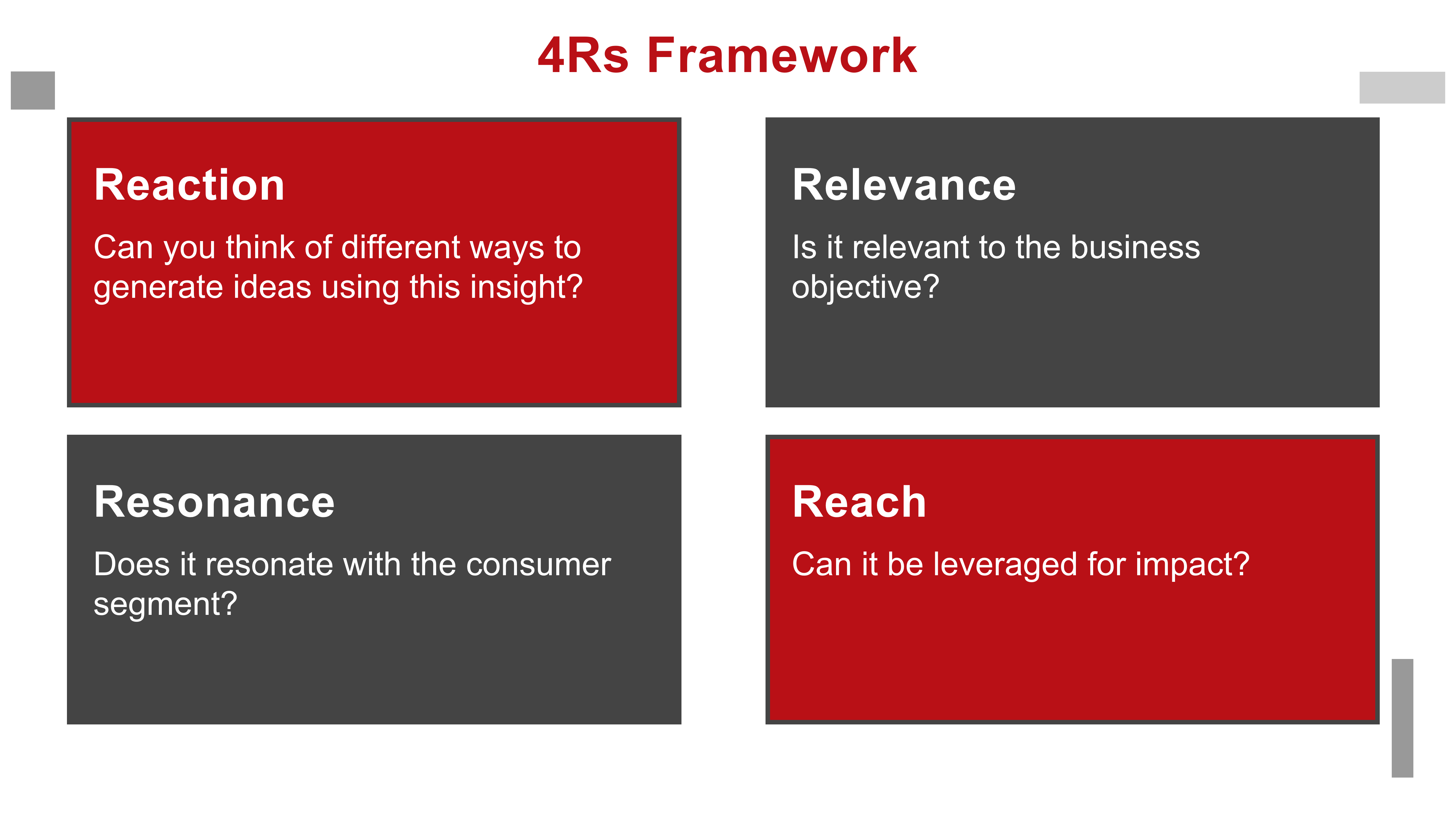
'You don't need everyone, in fact, the act of chasing everyone is probably keeping from reaching anyone,' was Seth Godin's reflection on pursuing market share.
Decide on the consumer segment you want to reach and devote your resources there - this will help you to reach people you care about. Disclaimer: devoting your resources does not mean spamming consumers with advertisements; it means understanding and serving their needs and preferences.
Consumers can be segmented by demographics (e.g. age, gender, income, etc.) or psychographics (e.g. motivations, aspirations, interests). Three future traveller personas discussed in the first episode of the SingapoReimagine Global Conversations are examples of segmenting by psychographics:
1. Travel Must - early adopters of technology and open to explore virtual and 'phygital' experiences
2. Mindful Explorer - they want to access sustainable choices and connect with local communities, incorporating nature and outdoors in travel
3. Slow Pacer - seekers of physical and emotion health, wanting to disconnect and reset to rediscover sense of purpose
Most importantly, identify one to two consumer segments that resonate most with your brand purpose, start working with them and learn from your experience.
How to develop consumer insight?
Consumer insights will help you anticipate consumer needs and unlock business growth. Insights tell you why consumers behave the way they do, informing you of their underlying motivations. Do not confuse information as insight!

Find out how to develop consumer insights with this 7-minute video.
In short, the key stages for insights generation are:
1. Identify - define your business objective and priority target segment relevant to the objective and your desired consumer behaviour
2. Information gathering - ask plenty of questions and use a variety of sources that give you clues about consumer behaviour; then cluster the information and form themes
3. Insight generation - from the themes, identify insights that will answer your challenge in stage 1
4. Ideation and implication - think of ways to translate the insights into actionable steps for your brand
5. Implementation - put them into action!
For a step-by-step guide, refer to this worksheet.
After the insights are crafted, use this 4Rs framework to assess which insights you should act on:

If the insight does not perform well with the 4Rs, choose another insight to work with.
How to engage consumers effectively?
There are many brands fighting for consumers' attention. To get it, some think it is about being loud or incessantly flooding consumers with communications. At best, they become white noise, but at worst, they come across as intrusive or insensitive. A deep consumer understanding will help you with good business choices and sound marketing decisions - on when and how to communicate with consumers.
A Consumer Experience Tool plots key milestones of a typical consumer journey, helping us identify possible influences that consumers are exposed to. Use it to understand what consumers think, feel and do at different stages so that you can craft appropriate engagement strategies with your consumers. Watch a 6-minute video to get started with this tool.
Now that you know what they are open to, how would you prioritise the key stages to tackle and the communications to influence your consumers?


